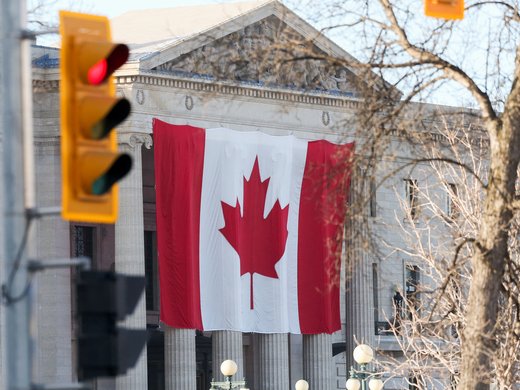Central banking has undergone significant changes in the past few decades. Central banks reinvented their policy communications strategies, while also championing economic and financial system stability in the aftermath of the 2007–2009 international financial crisis. These institutions are increasingly focused on improving public engagement to strengthen accountability and institutional reputations. Alongside these efforts is an important debate about what central bankers, as unelected technocrats, should be offering their views on in public fora. So far, discussions about the scope and content of central bankers’ speeches has remained largely anecdotal. This paper compares the speeches of the US Federal Reserve (the Fed) and the Bank of Canada (BoC) over the last two decades. Using a machine-learning algorithm, this paper provides empirical data upon which elected policy makers, central bank watchers and the public can assess the appropriate reach of central bankers’ public speaking engagements. The analysis suggests that the topics of central bankers’ speeches have not significantly widened in scope relative to their mandate documents. There are, however, noticeable increases over time in the discussion of some topics that may cause contention, such as education and inequality, by US Fed officials. Finally, despite a push to make central bank communication more accessible to a general audience, only six percent of BoC officials’ speeches and one percent of Fed officials’ speeches are accessible to individuals with high-school-level reading comprehension. There is no evidence that the linguistic complexity of central bankers’ speeches has simplified over time.


